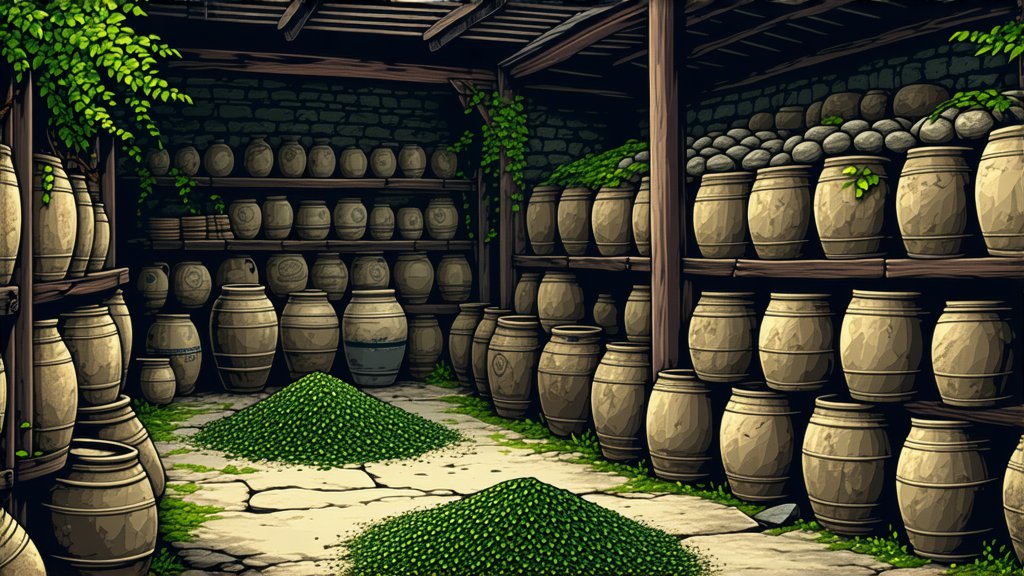
Pu-erh tea, a unique category within the vast spectrum of Chinese tea culture, has captivated connoisseurs worldwide with its complex flavors, health benefits, and rich history. Originating from the Yunnan Province in Southwest China, this dark tea variety stands out for its distinctive post-fermentation process, which imparts it with a character unlike any other tea. This article delves into the historical roots, varieties, meticulous craftsmanship involved in its production, and the art of appreciating Pu-erh tea.
Historical Background
The story of Pu-erh tea traces back over a thousand years to the Tang Dynasty (618-907 AD), but it wasn't until the Ming Dynasty (1368-1644) that its production became more standardized. The name "Pu-erh" is derived from the ancient town of Pu'er in Yunnan Province, where the tea was processed and traded along the ancient Tea Horse Road—a vital route connecting China with Tibet and Southeast Asia. Over centuries, Pu-erh evolved into two main types: Raw Pu-erh (Sheng) and Ripe Pu-erh (Shou).
Varieties of Pu-erh Tea
-
Raw Pu-erh (Sheng): This type undergoes natural fermentation over time, with the aging process enhancing its complexity and depth of flavor. Sheng pu-erh retains a greenish hue even after aging and is prized for its potential to develop nuanced tastes over decades.
-
Ripe Pu-erh (Shou): Invented in the 1970s as a way to speed up the aging process, Shou pu-erh undergoes a controlled fermentation process called "wet piling," mimicking the effects of long-term storage. This results in a tea with a darker color and a smoother, earthier taste.
Craftsmanship: The Making of Pu-erh Tea
The journey of Pu-erh tea begins with the careful selection of Camellia sinensis var. assamica leaves, known for their larger leaf size and robust flavor profile. The production process involves several stages:
-
Plucking & Withering: Fresh leaves are handpicked and allowed to wither under the sun or indoors to reduce moisture content.
-
Fixation & Rolling: The withered leaves are quickly heated to halt oxidation, then rolled to release juices and shape the leaves.
-
Sun Drying: The rolled leaves are spread out to dry in the sun, preserving their natural essence.
-
Aging (For Raw Pu-erh): Raw pu-erh cakes or bricks are stored in ventilated environments where they slowly mature through microbial action and enzymatic reactions, developing unique flavors over years or even decades.
-
Wet Piling (For Ripe Pu-erh): For Shou pu-erh, piles of tea leaves are moistened and turned regularly to encourage microbial growth, accelerating the fermentation process. After several months, this process yields a mature tea ready for consumption much sooner than its raw counterpart.
Appreciating Pu-erh Tea: A Sensory Experience
To truly appreciate Pu-erh tea, one must engage all senses in the traditional Chinese tea ceremony:
-
Visual Inspection: Observe the tea's appearance—the color, shape, and texture of the leaves or cakes.
-
Aroma: Before brewing, inhale the dry leaves' scent. As you brew, notice how the aroma evolves with each steeping.
-
Brewing: Use a Yixing clay teapot or a Gaiwan for an authentic experience. Rinse the leaves briefly to awaken them, then brew with hot water (around 95-100°C). Each subsequent infusion reveals different layers of flavor.
-
Tasting: Sip slowly, allowing the tea to coat your palate. Pay attention to its body, astringency, sweetness, and aftertaste. Raw pu-erh often starts with a bold, slightly bitter taste that mellows into sweetness, while ripe pu-erh offers a smoother, earthier profile.
-
Texture & Mouthfeel: Feel the tea's texture in your mouth—its thickness, creaminess, or astringency.
In conclusion, Pu-erh tea is not merely a beverage; it embodies centuries of cultural heritage, a testament to nature's transformation through human ingenuity. Whether you are a seasoned tea drinker or a curious newcomer, exploring the world of tea, delving into the realm of Pu-erh offers a profound journey of discovery, both for the palate and the soul.